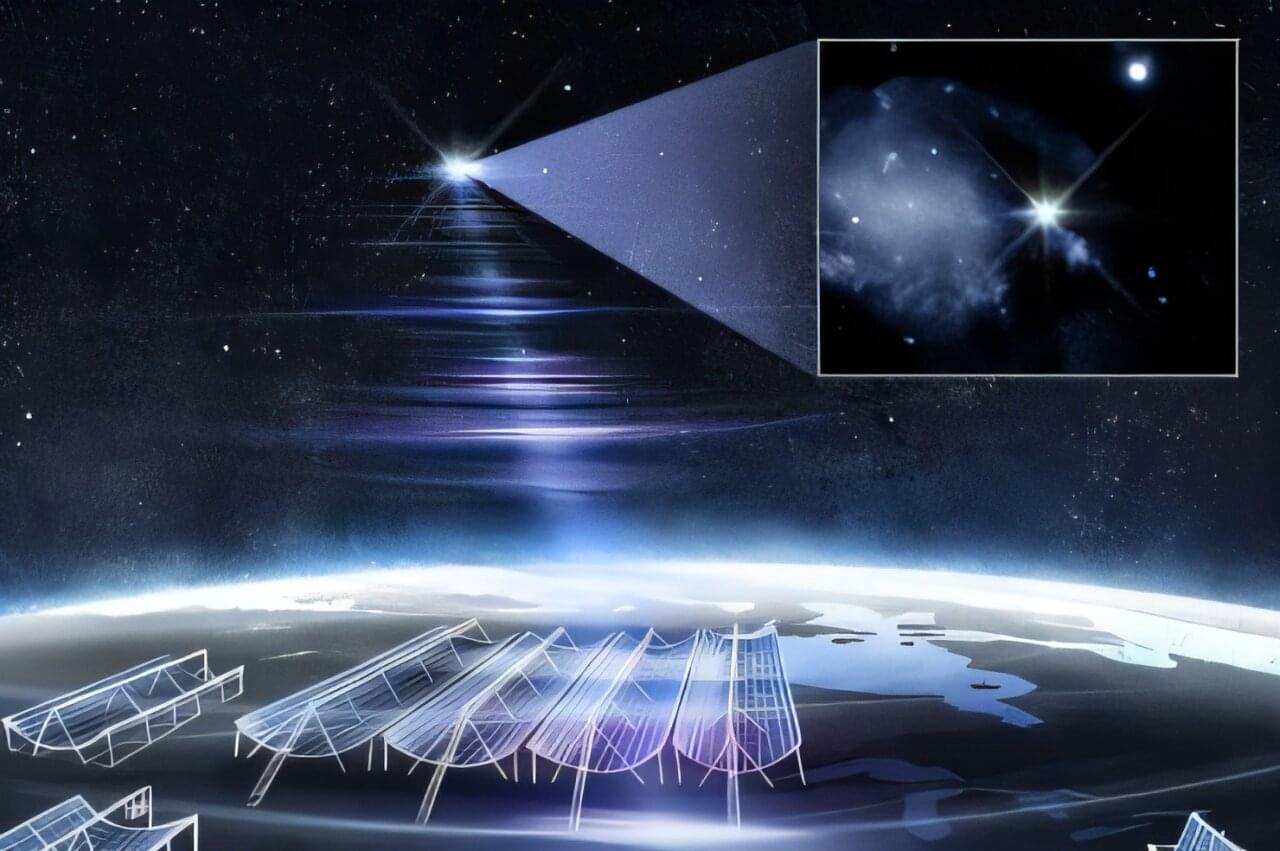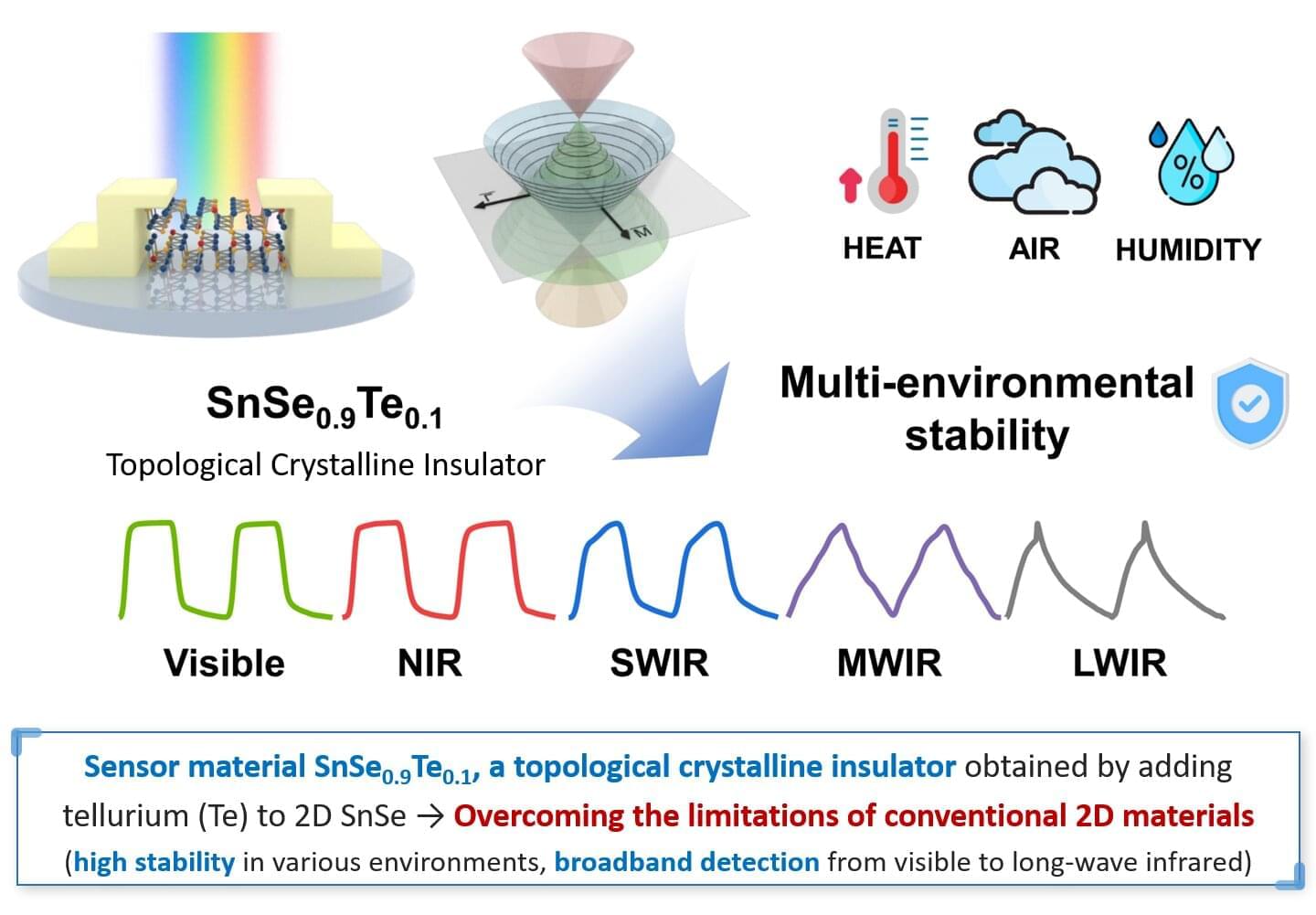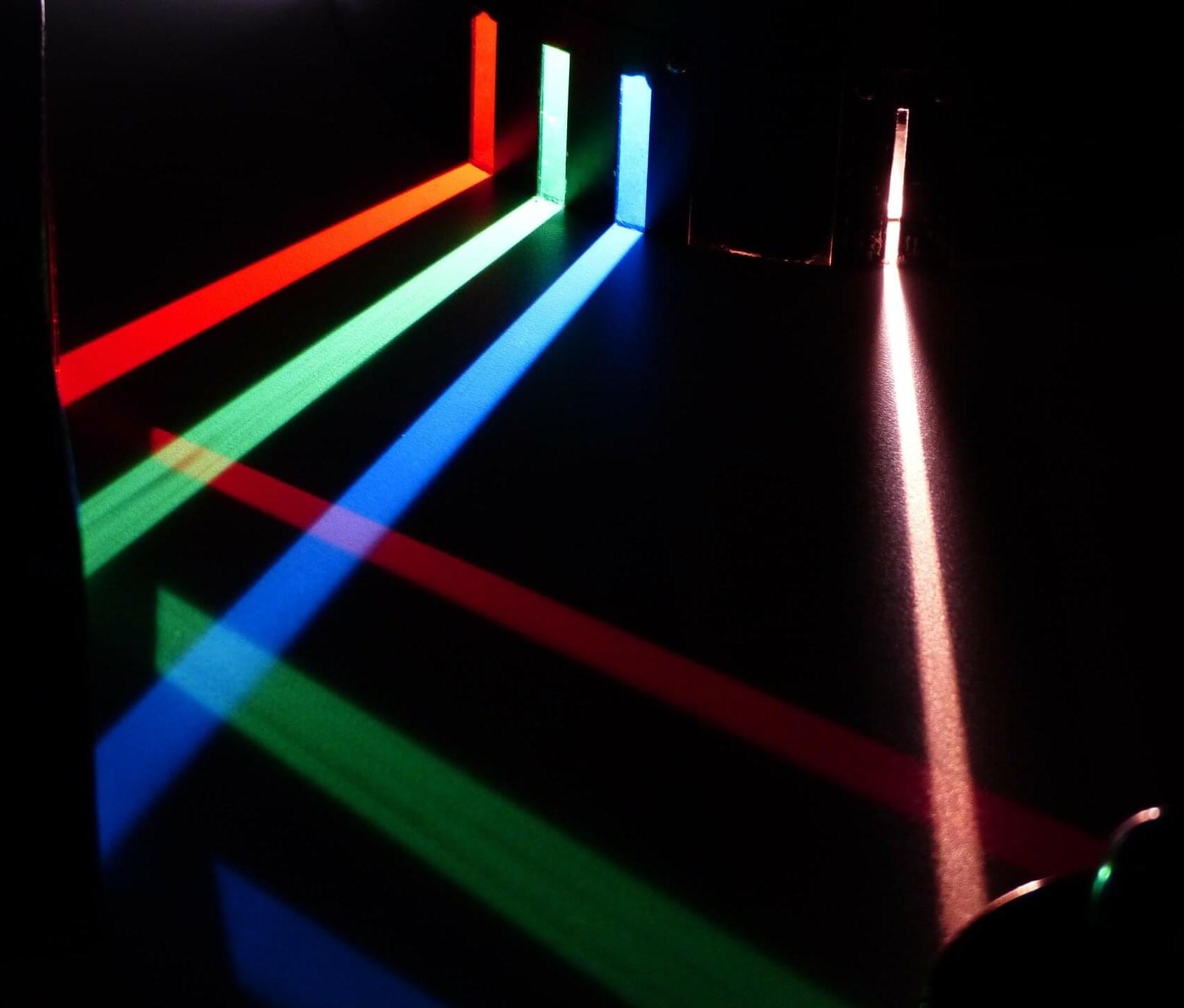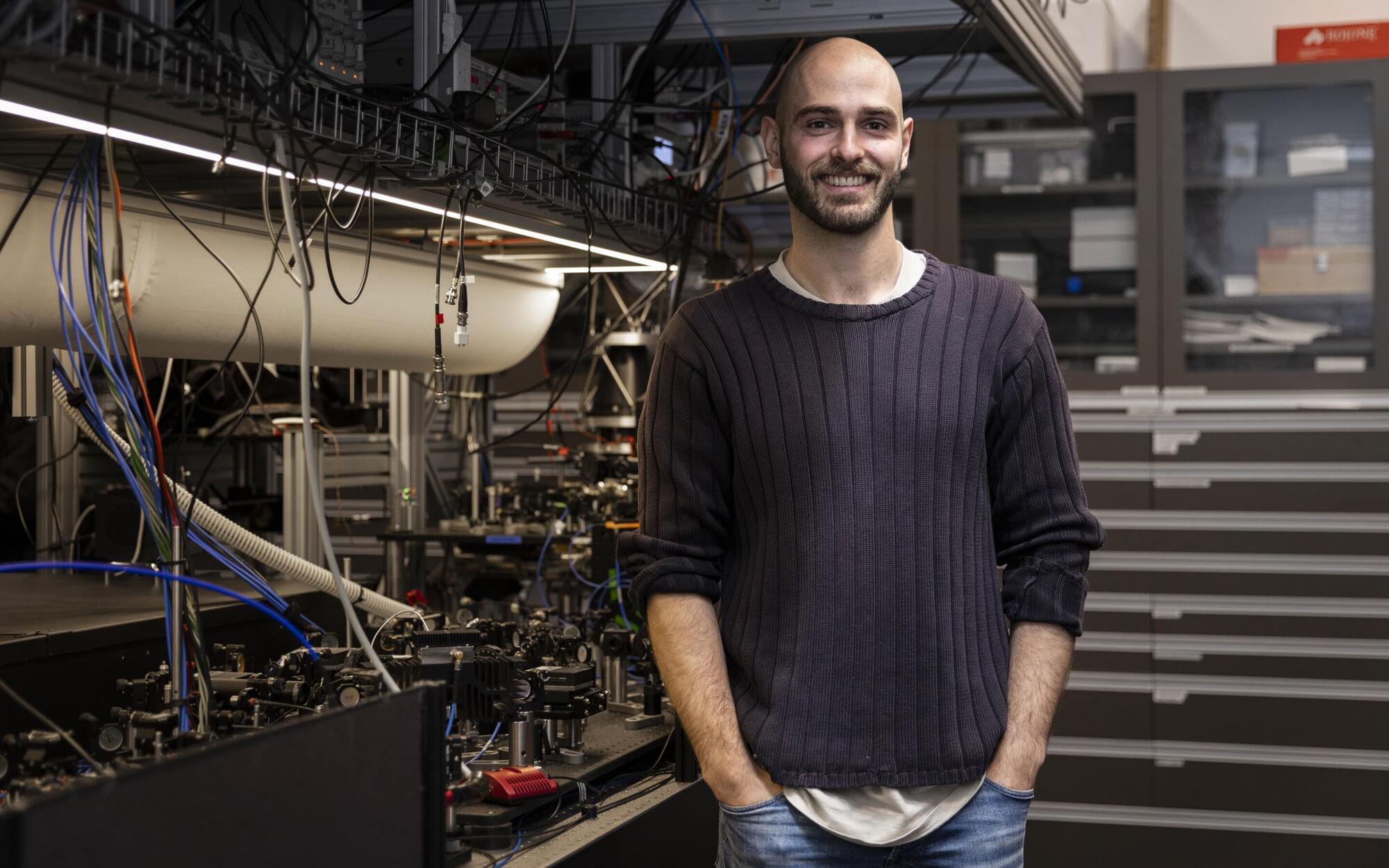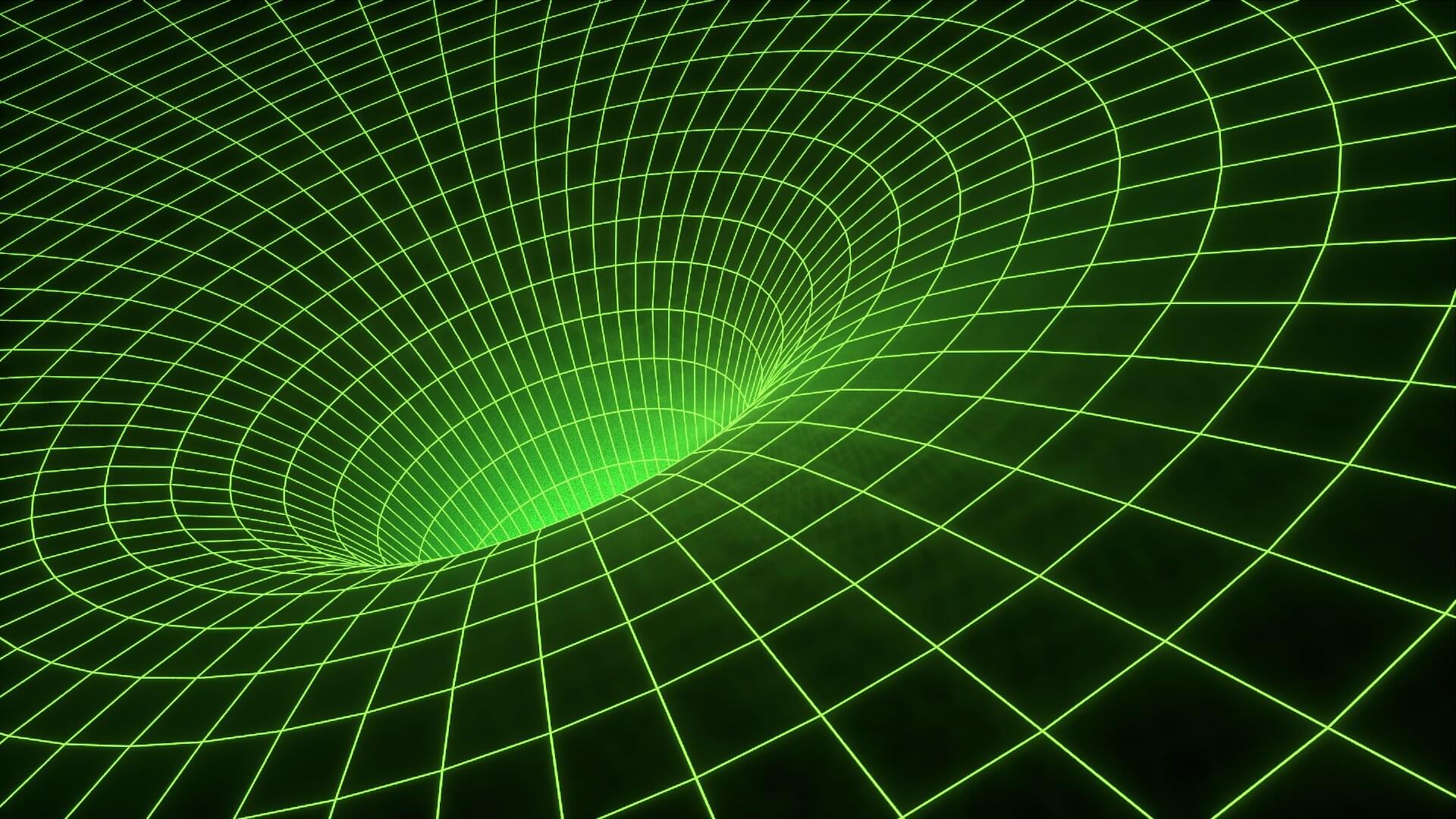When you shine a flashlight into a glass of water, the beam bends. That simple observation, familiar since ancient times, hides one of the oldest puzzles in physics: what really happens to the momentum of light when it enters a medium?
In quantum physics, light is not just a wave—it also behaves like a particle, carrying energy and momentum. For more than a century, scientists have debated whether light’s momentum inside matter is larger or smaller than in empty space. The two competing answers are known as the Minkowski momentum, which is larger and seems to explain how light bends, and the Abraham momentum, which is smaller and matches the actual push or pull that light exerts on the medium.
The controversy never went away because experiments seemed to confirm both sides. Some setups measured the larger Minkowski value, others supported Abraham, leaving physicists with a paradox.

